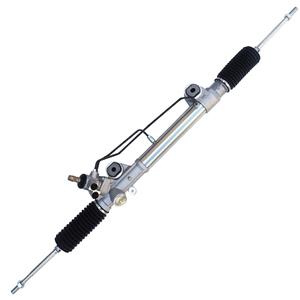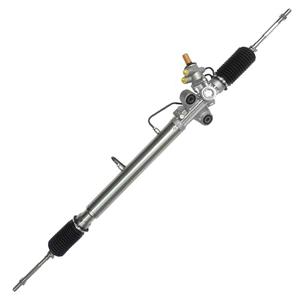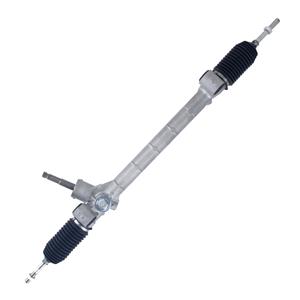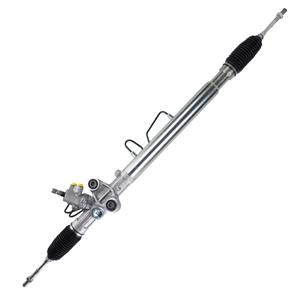-
some manufacturers recommend replacing the steering fluid every two years or every 40,000 to 50,000 kilometers. Owners should first refer to the recommendations in the vehicle manual and follow their instructions for replacement.
-
Advantages of hydraulic power steering system: Provides stable and powerful steering assistance Sensitive feedback and precise control Strong adaptability, suitable for a variety of vehicles High stability and reliability Relatively low cost Disadvantages of hydraulic power steering system: Low fuel efficiency Large volume and increased weight Complex maintenance and many vulnerable parts Inferior control feel to mechanical steering High noise
-
Hydraulic power steering racks can significantly improve the controllability of trucks and reduce the labor intensity of drivers. For large trucks that are driven for a long time, hydraulic power steering racks make it easier to operate the steering wheel and avoid fatigue caused by long-term steering burdens.
-
The operation between the rack and the pinion depends on adequate lubrication. When the power steering fluid is exhausted, this lubrication function fails, resulting in excessive friction between metal parts and abnormal wear. The gear portion of the rack will be damaged due to direct contact, and eventually the steering rack will fail.
-
Mineral oil hydraulic oil is the most common type of hydraulic oil, which is mainly processed from oil-based oil products extracted from crude oil. They usually contain additives to enhance the anti-oxidation, anti-corrosion, anti-foaming and other properties of hydraulic oil.
-
if it is only a small leak, the vehicle can still be driven for a short distance, but it needs to be checked and the hydraulic oil added frequently. However, if the oil leak is serious and the hydraulic oil is lost quickly, the vehicle may lose the power-assist function in a short time, and continuing to drive at this time will bring great risks.
-
The cost of replacing the steering rack varies depending on the model. For Mercedes-Benz models, the cost of replacing the steering rack is generally between $1,000 and $2,500. This cost includes the cost of parts and labor.
-
The hydraulic power steering rack and the four-wheel alignment seem to be two independent systems, but their working conditions are closely related. Although the hydraulic power steering rack mainly affects the steering ability of the vehicle, its good or bad condition will also indirectly affect the performance of the four-wheel alignment.
-
The total cost of replacing a Toyota Corolla hydraulic power steering pump ranges from $300 to $1,100, including parts and labor. The specific cost depends on the type of parts selected by the car owner, the type of repair shop and the economic level of the location.
-
0301-2025
Why do hydraulic oil contamination and steering pump degradation damage the steering rack?
The steering pump is responsible for providing sufficient pressure to the entire hydraulic system to ensure that the hydraulic oil can effectively push the steering rack. However, when the performance of the steering pump declines, the flow rate and pressure of the hydraulic oil will be affected.




